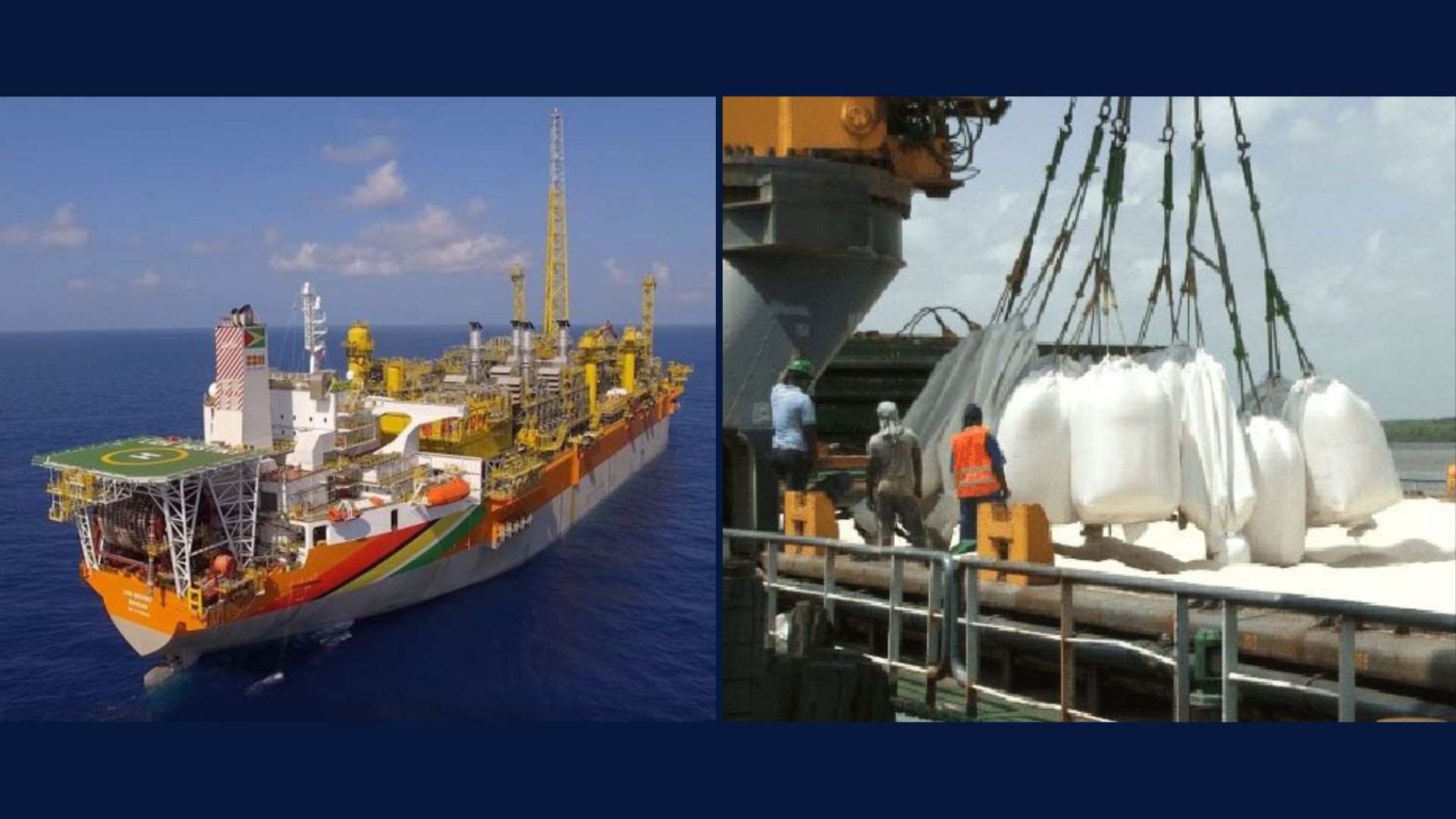Traditionally, Guyana has depended on costly fuel and food imports to meet local needs but the Inter-American Development Bank (IDB) says that the country is now exporting more of those commodities than it imports.
This was detailed in the Bank’s quarterly report, titled: “Caribbean Economics: Headwinds facing the post-pandemic recovery.”
In that report, it was noted that Guyana’s economy is expected to expand by some 56 per cent this year with growth in the oil sector being a large contributor. And the country’s non-oil sector is showing signs of recovery.
With this, however, the Bank said that Guyana’s economy is showing other improvements.
“Guyana rapidly moved from being a net importer of agricultural products and mineral fuels, representing eight percent of Gross Domestic Product (GPD) in 2018 and 2019, to being a net exporter of the same commodities,” the report stated.
This, essentially, means that Guyana now sells more of these products to foreign markets as opposed to the amount of commodities it buys.
Growing oil production offshore is pushing the country’s fuel exports. An expanded local food production plan, linked to a wider food security agenda within the Caribbean Community (CARICOM), is reducing agricultural imports and pushing exports.
The Bank noted that Guyana’s volume of exported goods is projected to increase by an annual average of 50 percent over 2022 to 2026.
“These price trends, and, more importantly, Guyana’s higher levels of oil production, have significantly affected the profile of the country’s net trade in agricultural products and mineral fuels with the rest of the world,” the IDB said further.
It was also noted that Guyana increased its exports to North and South America, and other countries outside of these two continents.







